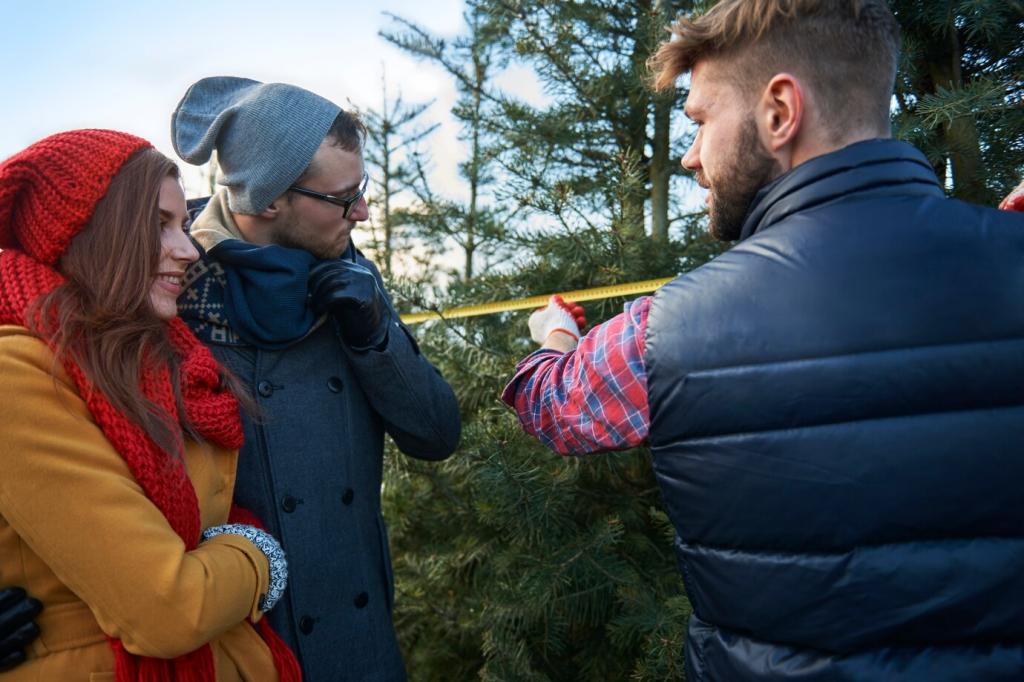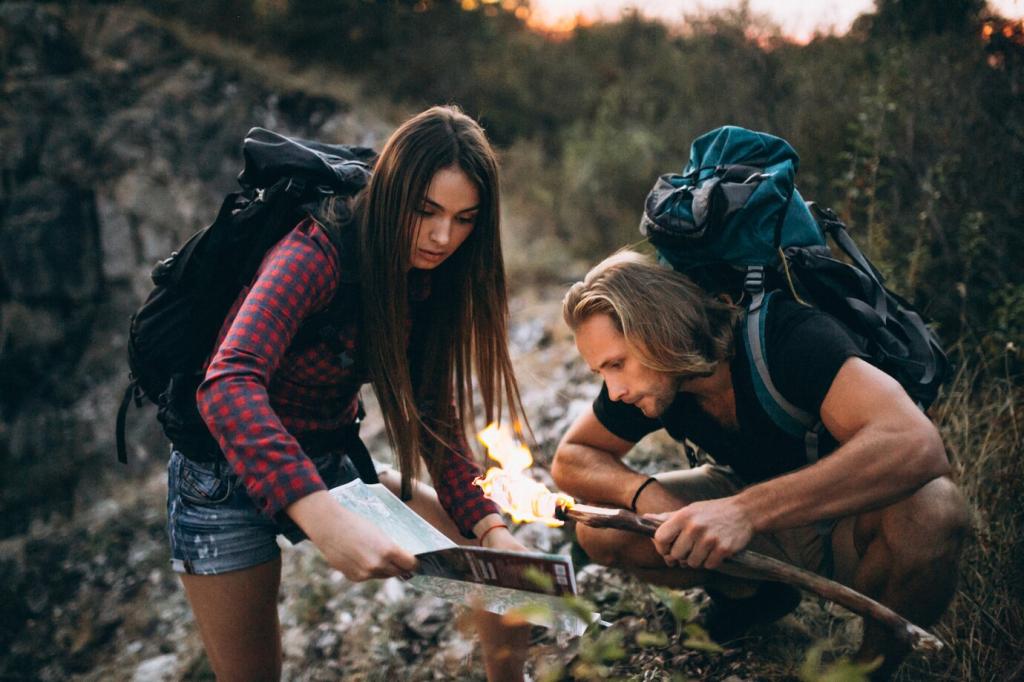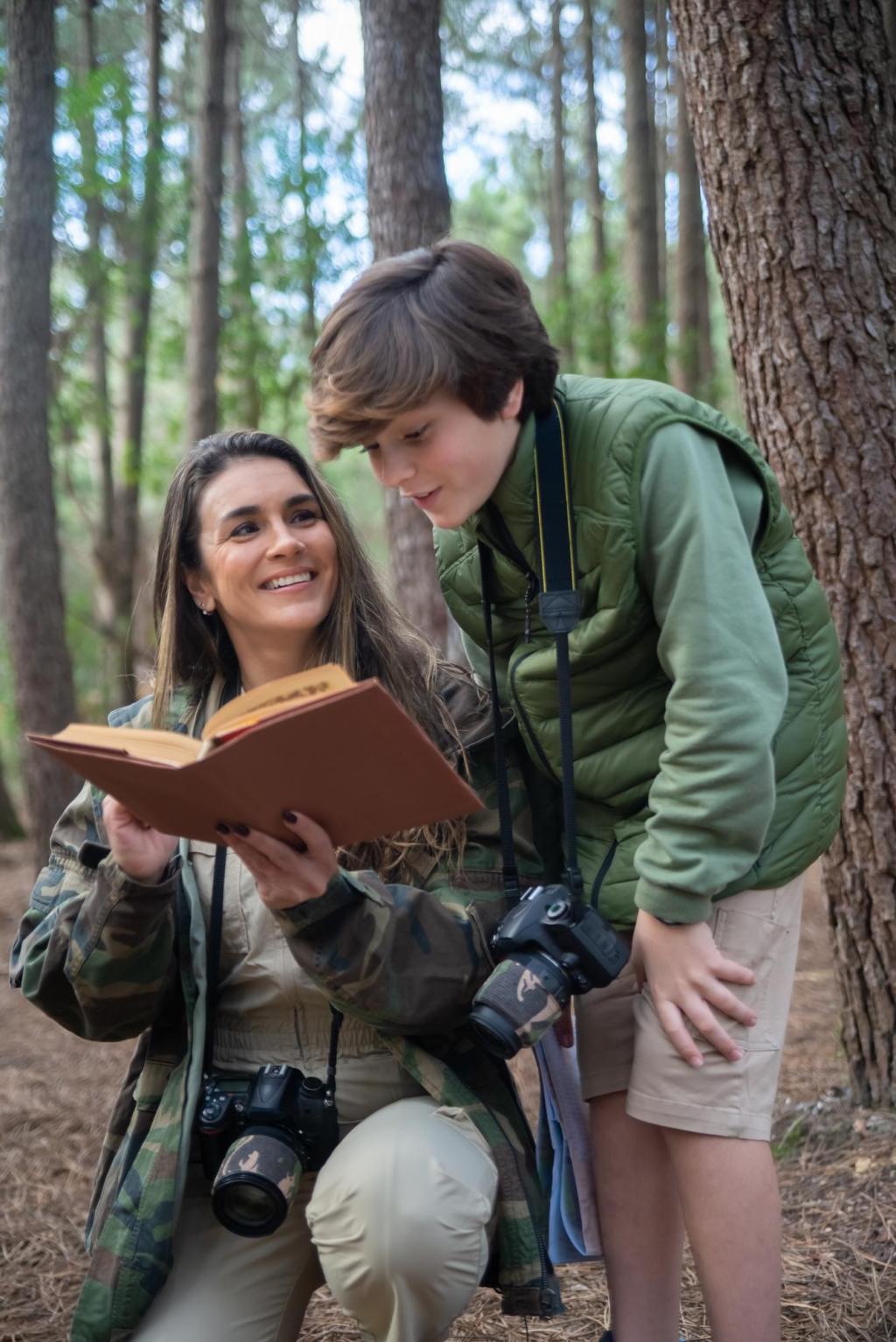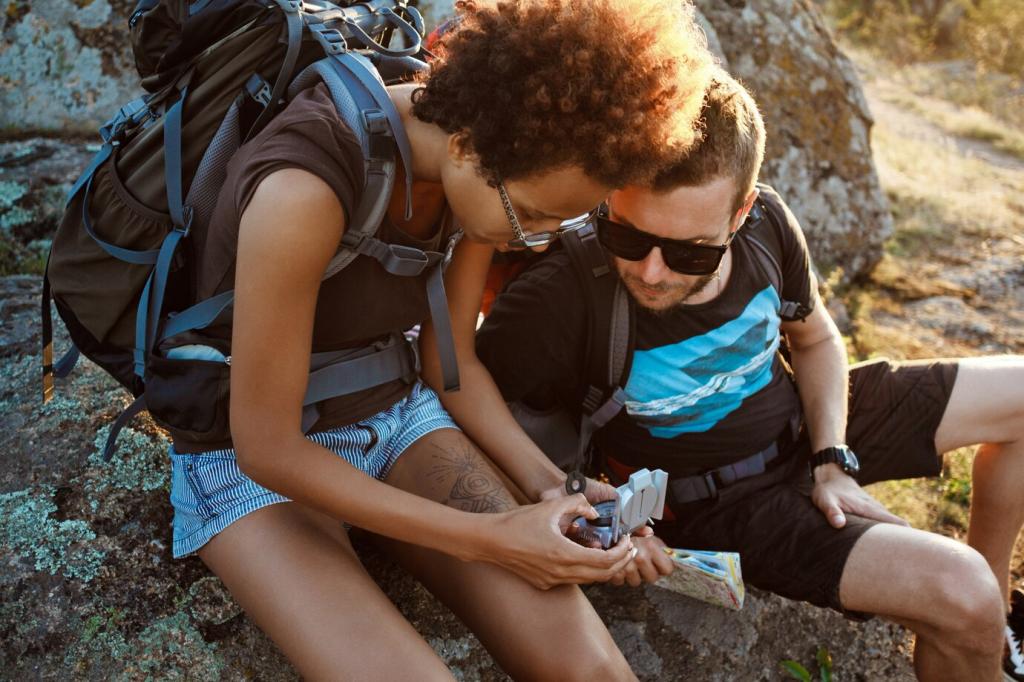First Aid Techniques for Mountain Hikers
Today’s chosen theme: First Aid Techniques for Mountain Hikers. Lace up with confidence as we share practical, trail-tested medical skills, memorable stories, and clear steps that help you care for yourself and your team when the air thins and the terrain turns unforgiving. Subscribe and join our community of prepared, compassionate hikers.

Build a Mountain-Ready First Aid Kit
Smart Packing for High Places
Prioritize items that solve common mountain problems: blister care, bleeding control, pain relief, and warm rehydration. Store gloves, a hypothermia wrap, and a compact headlamp together, because emergencies rarely happen in sunshine or comfort. Practice opening everything with numb fingers and wind-whipped sleeves.
Medications That Earn Their Weight
Include ibuprofen for pain and inflammation, loperamide for sudden diarrhea, and antihistamines for mild allergic reactions. Keep acetazolamide only with proper guidance for altitude illness. Label dosages clearly, use blister packs, and record any known allergies. Share kit contents with your group so everyone understands what is available and why.
Waterproof, Accessible, and Reviewed
Stash your kit where you can reach it without emptying your pack, inside a waterproof pouch. Schedule seasonal reviews to replace expired medications and restock bandages. During a practice hike, time how fast you can find gloves, gauze, and tape. Shave seconds now to save minutes when it matters.
Recognize and Treat Altitude Illness
Headache, nausea, poor appetite, fatigue, and unsteady sleep are early warning signs. Treat by resting, hydrating, and avoiding further ascent. If symptoms persist or worsen, descend. One hiker told us a simple decision to pause at a sunny pass prevented a miserable night and a risky stumble in the dark.

Hypothermia and Frostbite: Cold-Weather First Aid
Handle gently, replace wet layers, insulate from the ground, and give warm, sweet drinks if the person is alert. Use shared body heat and a vapor barrier if needed. Avoid vigorous movement that can worsen instability. A patient, steady approach often outperforms any heroics in biting wind and spindrift.
Bleeding, Wounds, and Fractures on the Trail
Apply firm, direct pressure with gauze or a clean cloth. If heavy bleeding persists, use a tourniquet placed high and tight, and note the time. Reassure the injured person and monitor for shock. Your steady voice, not just your hands, can slow the chaos and steady breathing.




Bites, Stings, and Allergic Reactions in the Mountains
Remove the stinger by scraping, not squeezing. Wash, cool, and elevate as needed. Antihistamines can reduce itching and swelling. Note any progression, especially near the face or throat. Share your route plan in advance so help knows where to find you if symptoms escalate unexpectedly.


Mindset and Scene Safety: The STOP Protocol
Pause to breathe. Think through hazards: rockfall, weather, exposure. Observe your patient, group, and gear. Plan step by step, assigning roles clearly. This simple ritual prevents mistakes, like charging into loose scree without helmets or leaving warm layers buried at the bottom of a pack.
Delegate tasks: one person controls bleeding, one watches airway, one preps insulation. Rotate duties to fight fatigue. Warm beverages, gentle humor, and eye contact reduce fear. The human connection you create becomes medicine too, steadying hands and easing pain under a wide, watchful sky.
After every incident or practice drill, debrief. What worked, what failed, and what will you change? Write it down and share a lesson in the comments. Your honest reflection may be the tip that saves a stranger on a future ridge. Subscribe to keep learning together.

